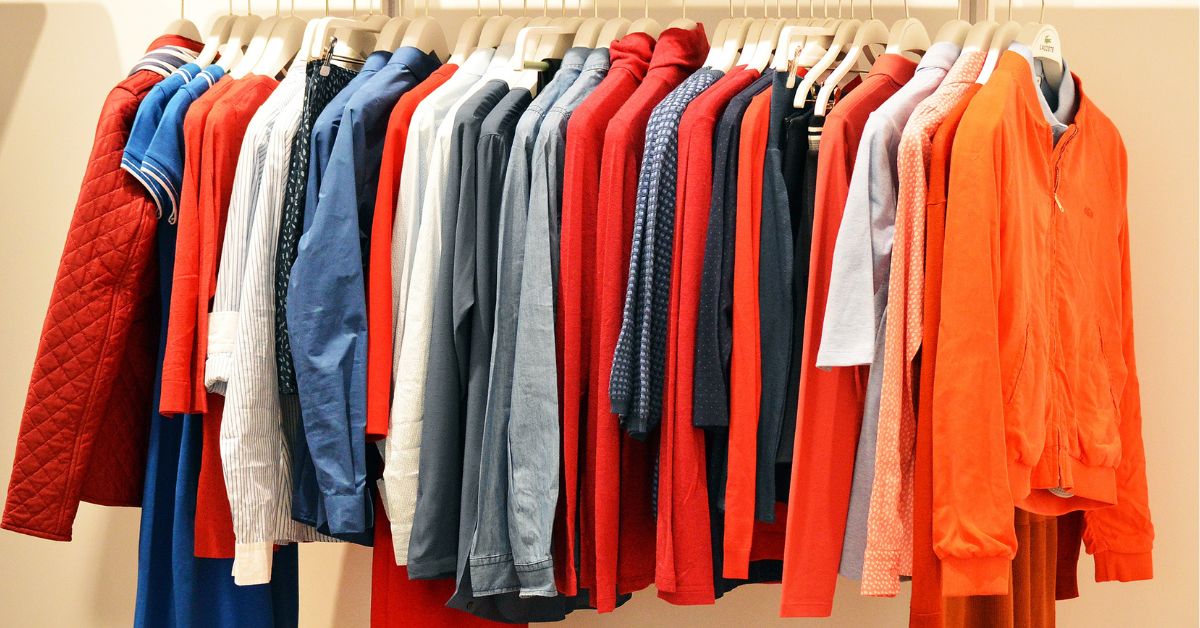The retail clothing industry has significantly transformed in recent years, driven by changing consumer preferences and technological advancements. Today’s customers expect a personalized shopping experience, a broad selection of products, and sustainable and ethical practices from their stores. To remain competitive, clothing stores must adapt to meet these changing demands. For more check this out: https://mazezy.com
One of the most significant changes in the clothing retail industry has been the rise of online shopping. Online shopping offers customers the convenience of shopping from the comfort of their own homes and provides them with a vast selection of products. As a result, many clothing stores have had to develop online shopping platforms to stay relevant. However, this shift to online shopping has also presented challenges, such as the need for strong cybersecurity and the ability to efficiently process orders and returns.
In addition to online shopping, customers are also demanding more personalized in-store experiences. They want to receive expert styling advice, have access to exclusive products, and participate in engaging events and activities. To meet this demand, clothing stores are creating immersive shopping experiences that combine fashion, art, and technology to create a unique and memorable experience.
Another trend in the clothing retail industry is the growing demand for sustainable and ethical fashion. Customers are becoming more aware of the environmental and social impact of the clothing industry and are looking for stores that prioritize sustainability and ethical practices. Clothing stores that incorporate sustainable and ethical practices into their business model can differentiate themselves from their competitors and appeal to socially conscious consumers.
However, the move towards sustainability and ethical fashion presents its own set of challenges. Clothing stores must find ways to source sustainable materials, reduce waste, and minimize their carbon footprint. They must also ensure that their suppliers and partners adhere to ethical standards and treat their workers fairly. Meeting these challenges requires a significant investment of time and resources, but it can pay off in the long run by building customer trust and loyalty.
Finally, clothing stores must also be mindful of the need for diversity and inclusivity. Customers are looking for stores that cater to a range of body types, skin tones, and cultural backgrounds. Clothing stores that prioritize inclusivity and diversity can build a more loyal customer base and establish themselves as leaders in the industry.

